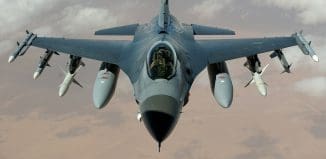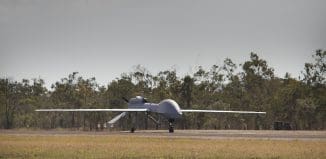Technology Transfer – Combat to Fire Fighting
This post is also available in:  עברית (Hebrew)
עברית (Hebrew)
 This is a classic transfer of technology from the battle grounds to fires that call for the intervention of fire fighters.
This is a classic transfer of technology from the battle grounds to fires that call for the intervention of fire fighters.
In the heat of battle, lives can depend on being able to coordinate troop positions safely while directing aircraft to provide close air support for ground forces. DARPA’s Persistent Close Air Support (PCAS) program aims to help overcome those challenges by providing soldiers with advanced digital tools for situational awareness and targeting in place of legacy communications systems and traditional paper maps.
DARPA notes that firefighters battling wildfires face challenges very similar to those that troops face in battle — the need for situational awareness, precise coordination of airborne water drops and ensuring fellow firefighters are kept safe from rapidly moving and shifting flames.
iHLS – Israel Homeland Security
According to HomeLand Security News Wire on 27 May, DARPA personnel traveled to Prescott, Arizona to collaborate with firefighters to test the potential value of PCAS technology for these public servants. Called Fire Line Advanced Situational Awareness for Handhelds (FLASH), the prototype system includes tablet computers, aircraft-mounted sensors and radios designed to identify the location of every firefighter and firefighting aircraft in expansive fire zones. The system overlays multiple streams of information from airborne sensors, firefighters and fire command posts onto a shared digital map visible via tablet computers.
Using these technology tools during the three-day training demonstration, the firefighters were able to track each other’s positions in real time. They monitored the position of an observation aircraft overhead and watched a live-video feed from the aircraft providing a bird’s-eye view of the terrain. The FLASH system relies in part on Mobile Ad Hoc Networking (MANET) radio technology — a technology with roots in seminal DARPA investments and now at the core of today’s advanced wireless industry.































